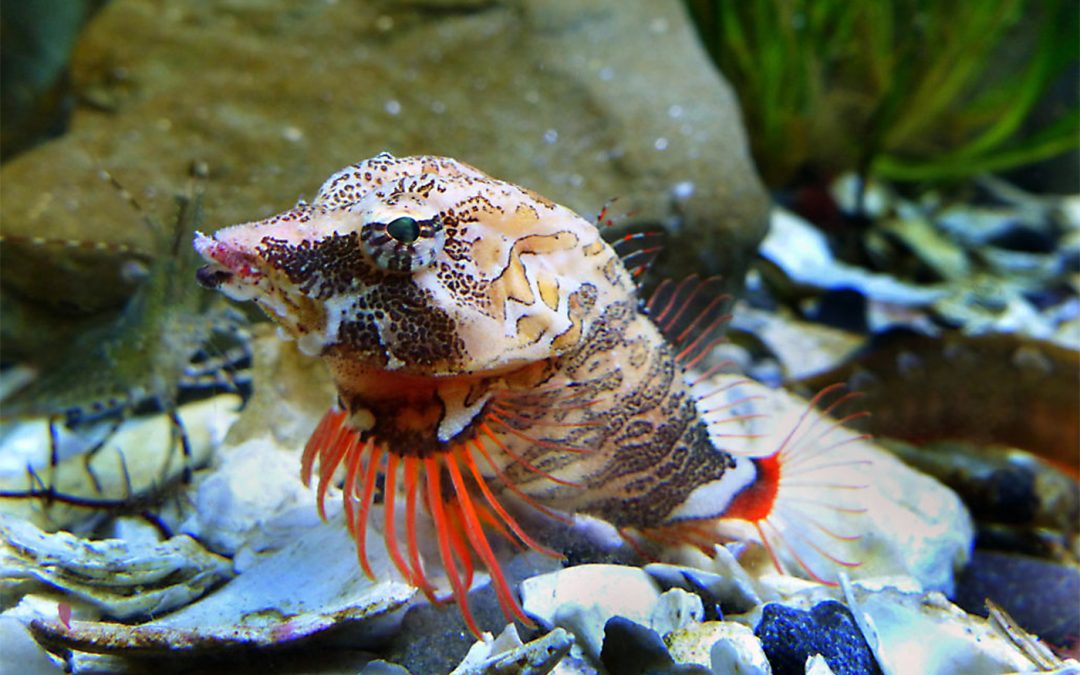
by David Young | Sep 14, 2024 | Fishes
Grunt Sculpin Author: Tabitha Baatz Scientific name: Rhamphocottus richardsonii Size range: up to 8.9 cm (3.5in) Identifying features: The Grunt Sculpin has spiny pectoral fins, lower rays are not webbed; used for gripping and hopping on the substrate. They have a...


